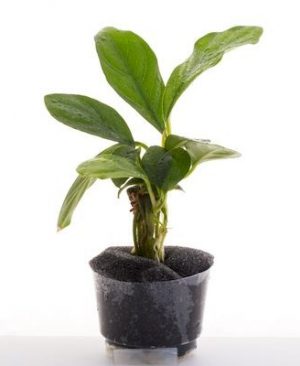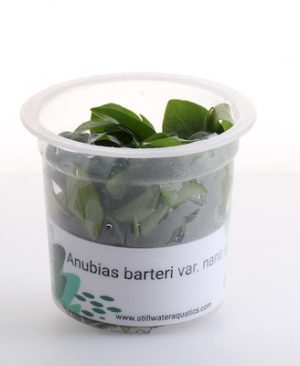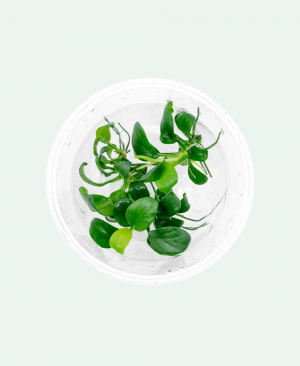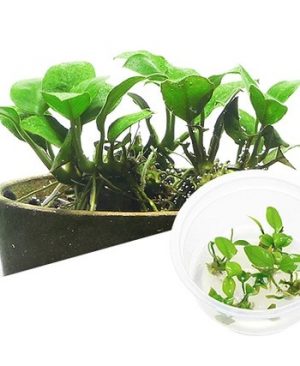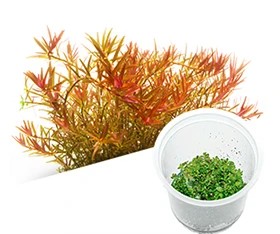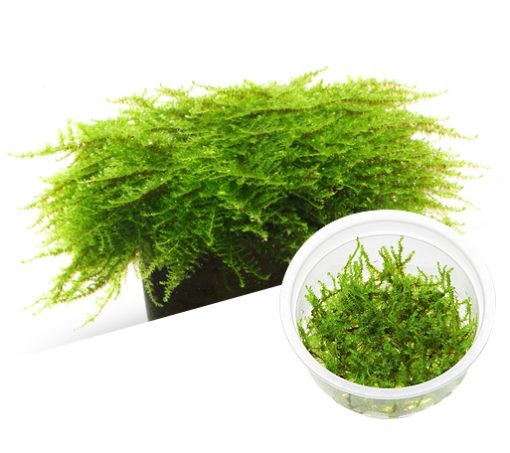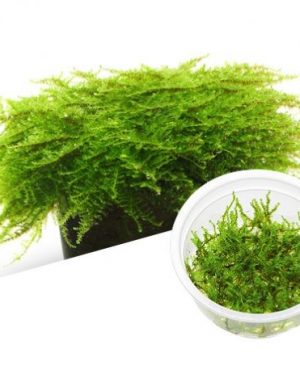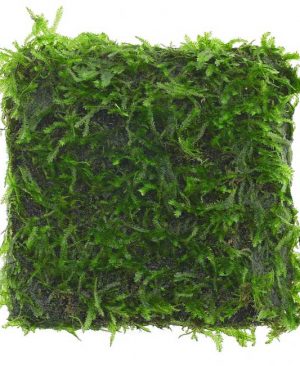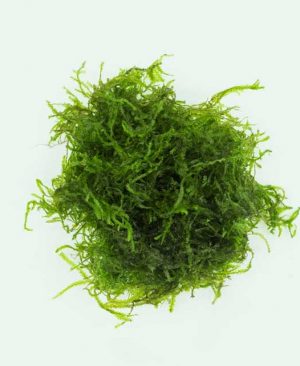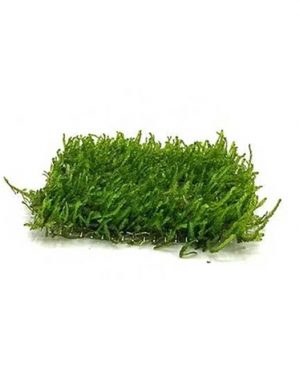Tissue Culture Aquarium Plants
ADA TC PLANTS
Tissue Culture Aquarium Plants, ADA TC, TC Plants, ADA TC Plants online from the best online aquarium super store in India. Shop Now
FEATURED TC
Alternanthera reineckii ‘Mini’
Anubias barteri Coffeefolia LC056
Anubias barteri var. nana MK Cup
Anubias barteri var.nana ‘Gold’ MK Cup
Anubias barteri var.nana ‘Petite’ MK Cup
Anubias Petite nana
Blyxa Japonica
Bucephalendra Pygmea red
POPULAR CATEGORIES
OUR BESTSELLERS
OUR OTHER PORTALS
Kindly visit shop.aquaplantstudio.com for Green House Plants
Our other portal www.aquazones.in offers all products and accessories related to Nature Aquarium
Click the respective images for further details
Tissue Culture Aquarium Plants, ADA TC Plants online from the best online aquarium super store in India.
It’s no longer just the privilege of a metro city or an urban area to shop online for their Aquarium Plants. Aqua Plant Studio (APS) is one online shopping site that has made it possible for consumers even in the remote areas of India to avail plants from the best of the farms in India at low prices online with comfort of their home, and get it delivered in the shortest time possible at their doorstep.
Discover a large selection of HIGH QUALITY Tissue Culture Aquarium Plants
Tissue Culture Aquarium Plants (TC Plants) offer several benefits. They are free from pesticides and unwanted extraneous organisms such as parasites, pathogens, snails, planarians, insect larvae, algae and annoying “weeds” such as duckweed. The pesky removal of rock wool is omitted completely. And with one portion you get quite a large number of small individual plants





